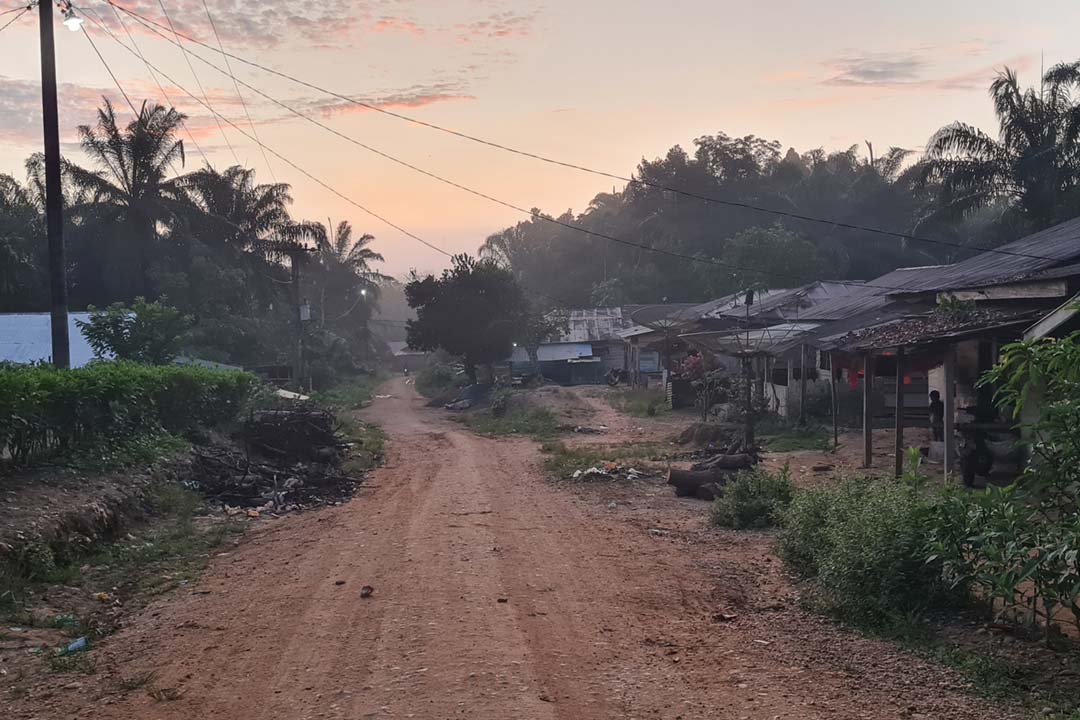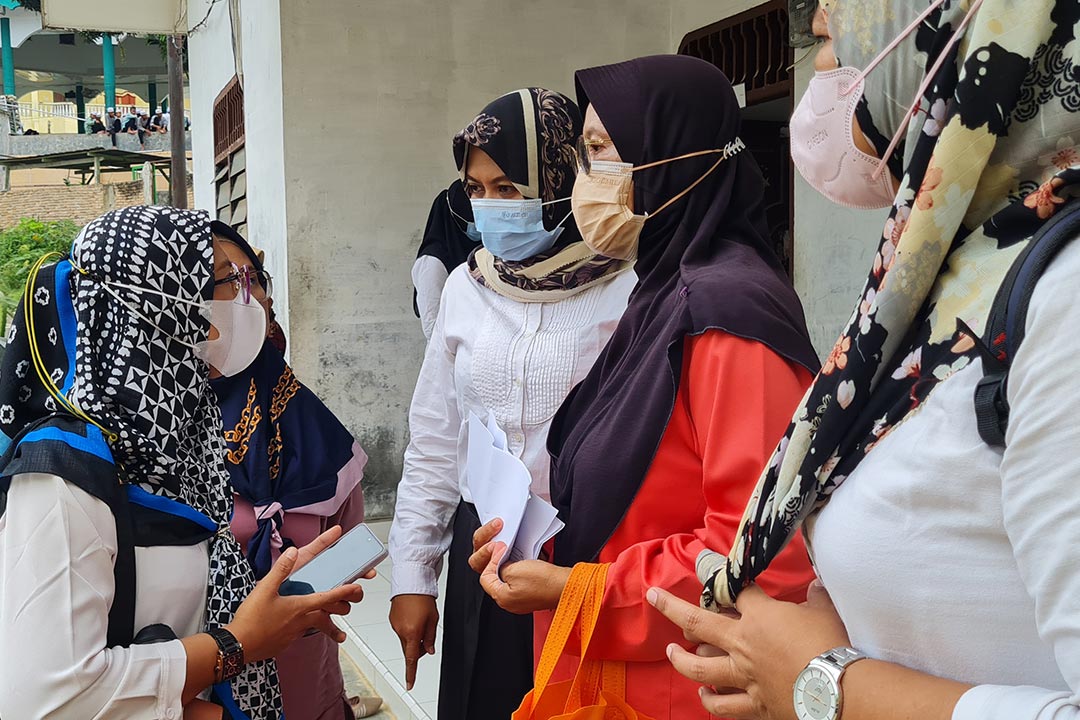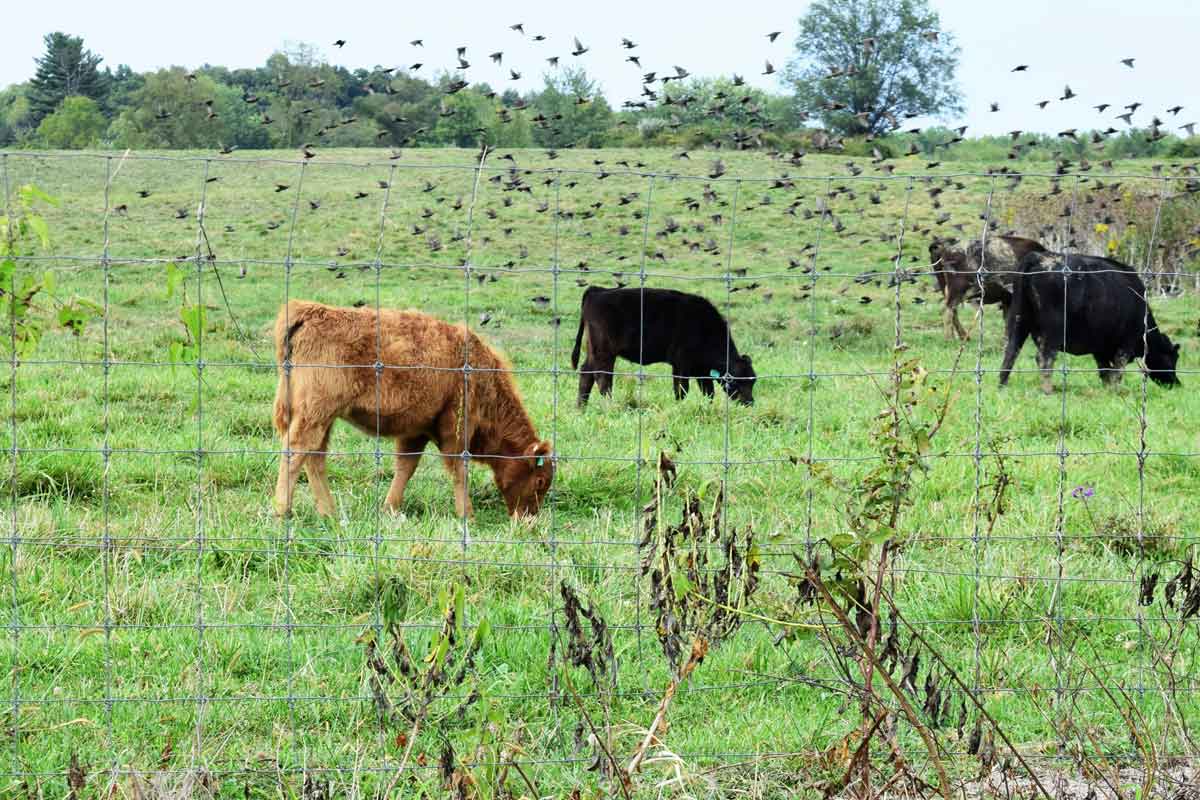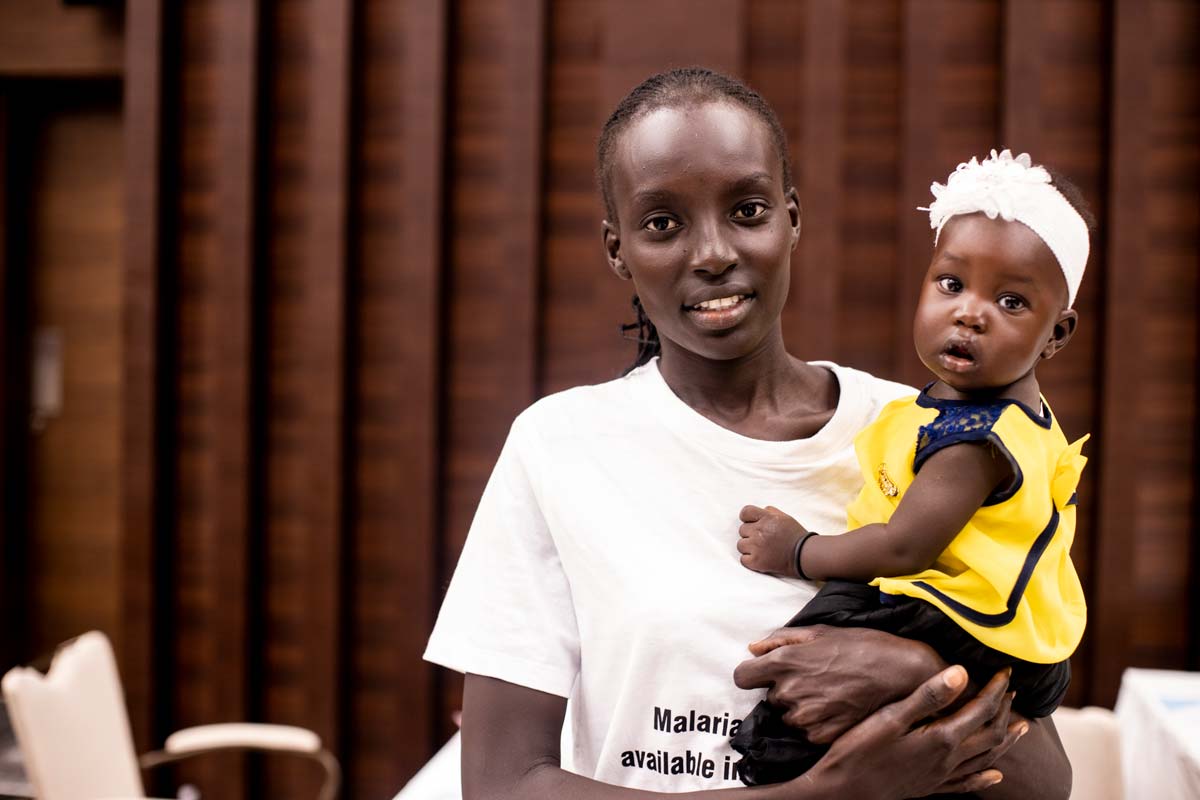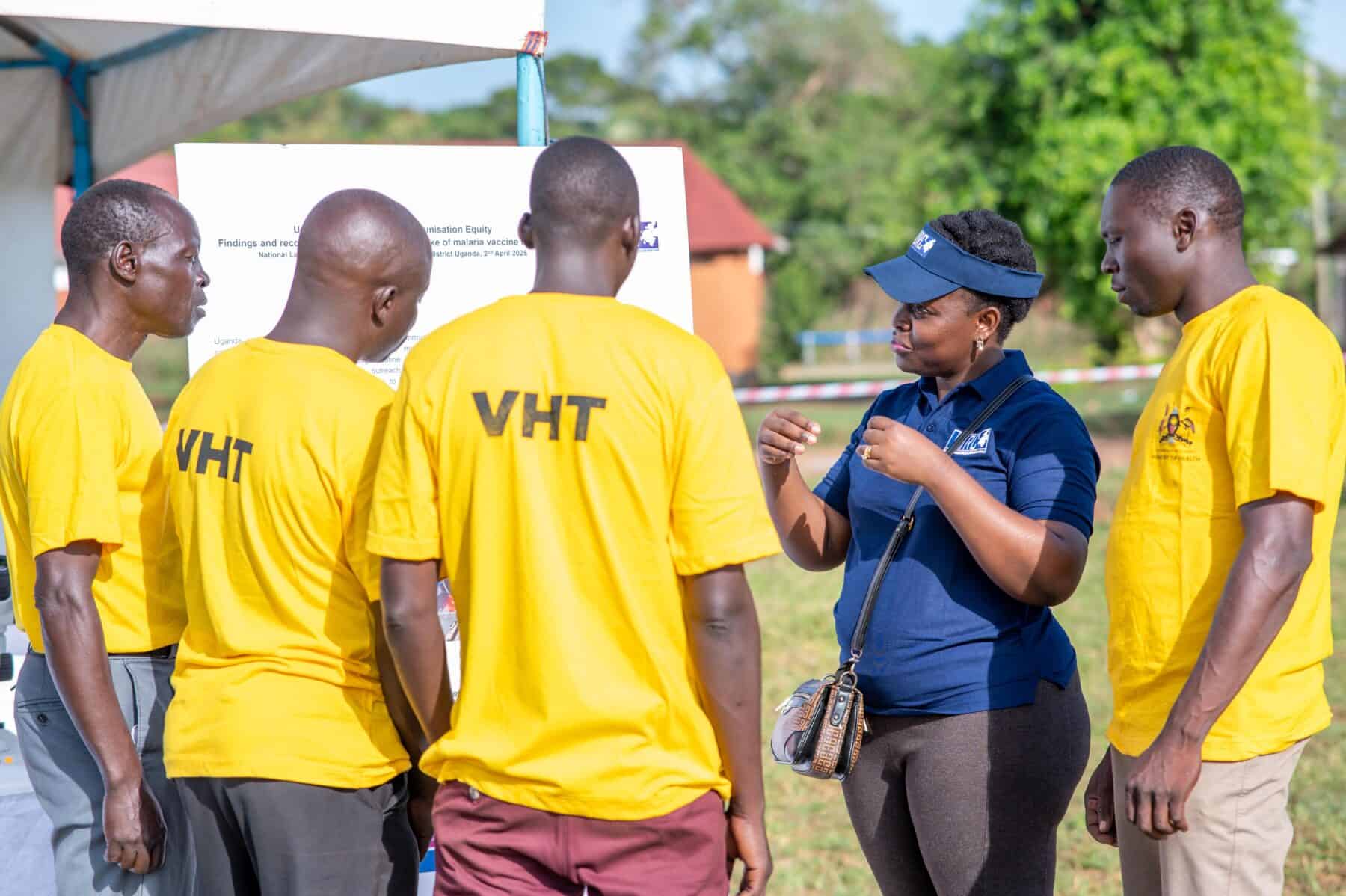Meet the Indonesian epidemiologist championing homegrown evidence to counter cross-border threats
Dr Henry Surendra, now on the hunt for the next pandemic bug, tells VaccinesWork how COVID-19 shaped his research interests.
- 29 July 2024
- 6 min read
- by Dyna Rochmyaningsih
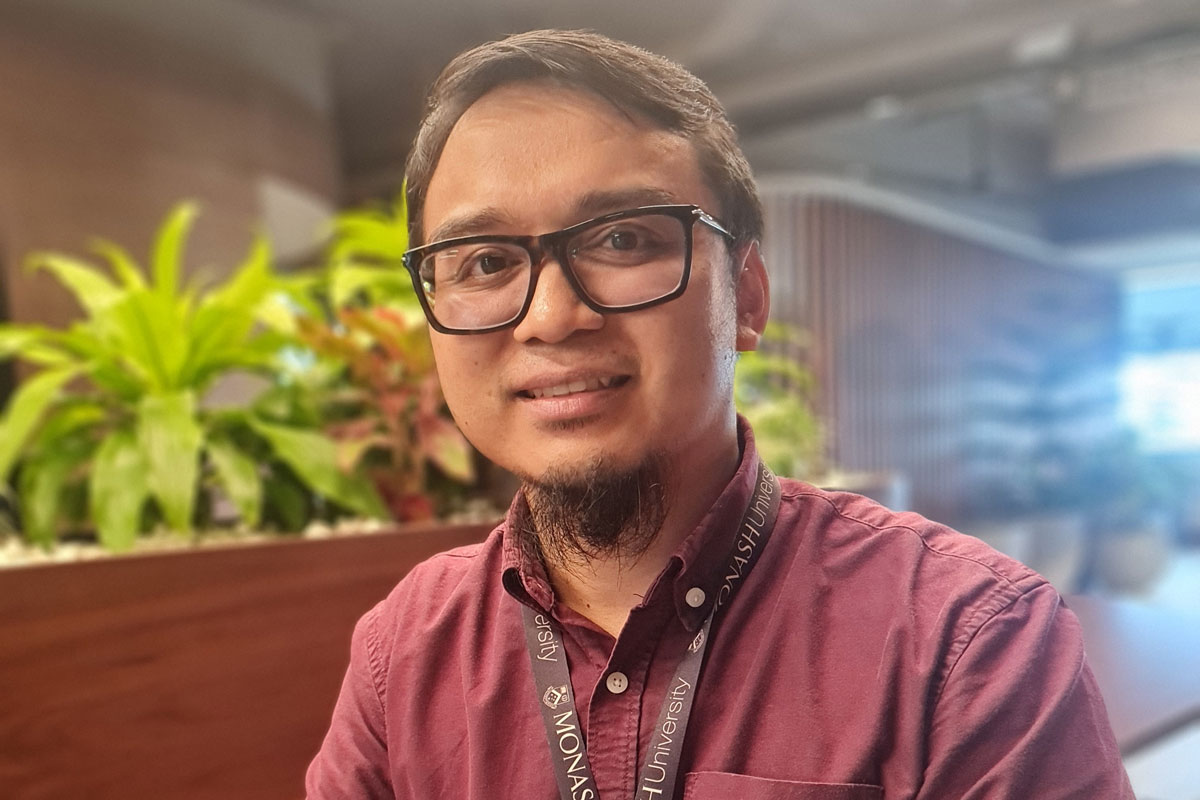
It was a bitter loss that first set epidemiologist Dr Henry Surendra on his career trajectory.
His younger brother had battled a brain tumour for years. One day, in 2007, his symptoms got abruptly worse. The family scrambled to get him to care, but “he died on our way to the hospital,” recalls Surendra. Their home, in Keru village, on West Nusa Tenggara, was an hour away from the nearest city, and on top of that, it was hard for his family to find transport.
“It was not only individual risk factors that influence someone’s chance of surviving COVID-19, but community factors played a crucial role too. Someone living in areas with high rates of poverty and population density had a higher chance of not surviving COVID-19.”
- Epidemiologist Dr Henry Surendra
The memory of what disconnection from the health care can mean – what Surendra terms a “health inequity problem” – is a lens through which he still understands public health in Indonesia. Today, he is an Associate Professor at Public Health Department at Monash University, Indonesia, a position he attained following an impressive first decade in public health science.
At work with Henry: caffeine dregs and zoonotic bugs
Surendra is a friendly and enthusiastic person. Wearing a burnt orange shirt, he welcomed VaccinesWork into his office. On his desk, his white porcelain cup was empty. “I already drank two glasses of coffee,” he smiled.
It was a busy week for him. He was finalising his research team members to work on the correlation between landscape change and the prevalence of zoonotic diseases in Indonesia’s megaproject site, Ibu Kota Nusantara (IKN), East Kalimantan.
It’s a collaborative investigation; at the moment, two PhD students are conducting research under Surendra’s supervision. One of them, from Monash Indonesia, will work on geospatial modelling to analyse the impact of land use change on the emerging risk of monkey malaria, a disease caused by the parasite Plasmodium knowlesii. The other student, from Oxford University in the UK, will deal with thousands of blood serum samples, screening for wild viruses such as henipavirus, filovirus, and coronavirus.
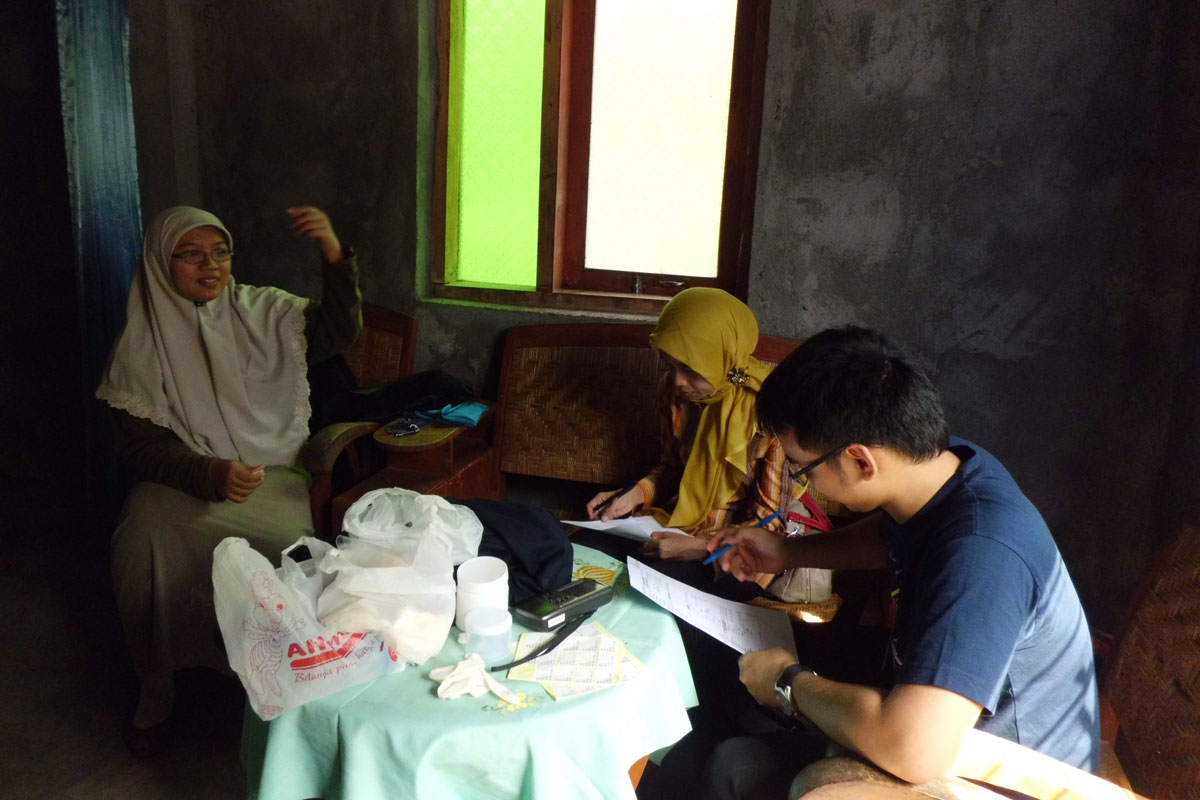
Anticipating the next epidemic is indeed Surendra’s research focus. His experiences working on the COVID-19 pandemic showed him there is so much to be done to improve the health system in the country, he said.
“We obviously had, and still have, the health inequity problem,” he said. When the pandemic hit, the situation became much worse.
For Surendra, certain truths were lit up by the crisis. Strong political will and a more “flexible bureaucracy” within the national and provincial government in the archipelago would have helped to alleviate the problem, he thinks. Homegrown high-quality research on the public health sector was plainly needed, to inform policy makers with scientific evidence generated locally, capable of shaping a much more targeted public health policy.
He said that in part because his own research on the crisis in Jakarta showed him clearly how a pandemic – global by definition, and indeed global in range – could be very local in effect.
The pandemic crucible
Surendra had just joined the Eijkman Oxford Clinical Research Unit (EOCRU) when the first SARS-CoV-2 cases emerged in Indonesia. “At that time, we thought we wouldn’t work with the government due to political sensitivity,” he recalls. But as he engaged in discussion with a WhatsApp group of Indonesian field epidemiologists, of which he has been a member since his master’s study at Gadjah Mada University in Yogyakarta, he changed his mind.
“I felt there was a lack of capacity in dealing with the pandemic,” said the 35-year-old epidemiologist. Surendra pointed out how government epidemiologists were not sure about how to digest WHO’s situation report with what they understood to be happening on the ground. At first, Surendra, who had received his PhD in epidemiology from the London School of Hygiene and Tropical Medicine in the UK, tried to help by consulting informally with his colleagues. But as the pandemic crisis mounted, he realised that he needed to do more.
In mid-2020, he and his colleagues proposed a research collaboration with several provincial health offices. To his surprise, Jakarta’s Health Office accepted the proposal, giving him access to analysing COVID-19 mortality data in the megacity.
His findings shocked him: more than 10% of hospitalised children under five years old had died. “It didn’t happen anywhere else in the world,” he said. Surendra published his research in The Lancet Regional Health, work which would become a reference for Jakarta’s health office, informing improvements to their paediatric hospital procedures.
Surendra’s later analysis on COVID-19 hospital data in Jakarta, published in BMJ Global Health, showed that health inequity was a primary driver of COVID-19 related deaths. It was not only individual risk factors that influence someone’s chance of surviving COVID-19, he said, but community factors played a crucial role too. Someone living in areas with high rates of poverty and population density had a higher chance of not surviving COVID-19, he concluded. Vaccine coverage and the effectiveness of contact tracing also factored in.
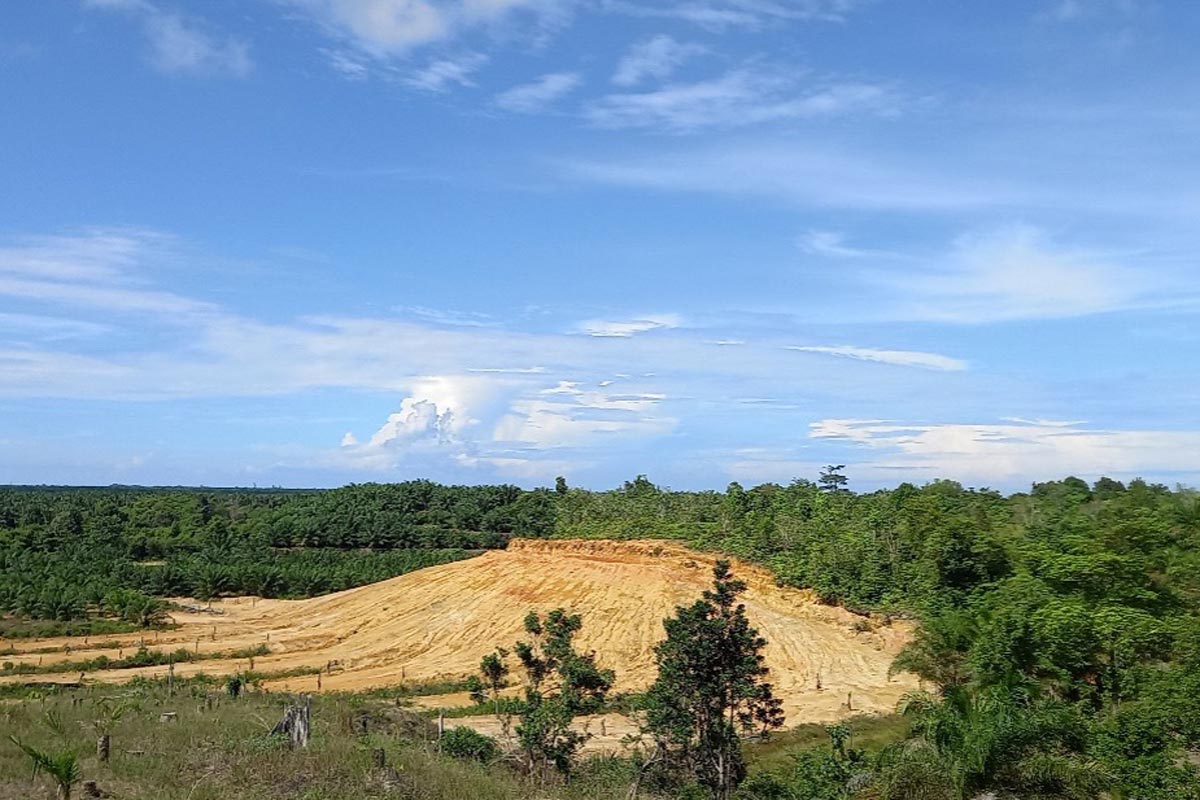
Health inequity: an under-rated factor in disease control
Jakarta’s COVID-19 pandemic phenomenon is just the tip of an iceberg, said Surendra. Health inequity is a problem across the Indonesian islands, touching almost every tropical disease found in the country. In eastern Indonesia, a region known for having the highest prevalence of malaria cases, anti-malaria drugs are scarce. In a study, Surendra and colleagues found that more than 20% of 4,655 adults diagnosed with malaria, did not get anti-malaria treatment. “We even found some expired drugs in the health facilities,” he said. Ironically, people who live in the city have more access to the drugs than those who live in the more malaria-prone rural areas.
Homegrown insights: an undervalued tool
When asked about how to deal with this inequity problem, Surendra remembered his time doing field work in Menoreh Hills, Central Java. The vast mountainous area was a place of malarial transmission, and comprised three districts in two provinces. “It was actually one connected place, but administrative barrier hindered public health control,” he said.
He mentioned when one district ran out of mosquito net, they could not borrow it from the neighbouring district due to rigid and strict regulations. To overcome this, his team had worked with the Ministry of Health to create a joint action plan to eliminate malaria infection, resulting a binding regulation that allowed resource sharing between the two provinces. “This kind of flexibility is needed in our health system,” he noted.
Have you read?
Surendra believes that political commitment in national and provincial level is the key to improving the public health system in Indonesia. It may seem like a gargantuan task for such a complex and diverse country, but Surendra is hopeful.
He anticipates that the Indonesian government will listen to the science in dealing with the next big disease threat – especially the science formulated by homegrown researchers. “In public health science, it’s very important for us to know the local context,” he said. Local research would inform policymakers with scientific evidence originated from the ground, shaping a much more targeted public health policy. Only then, scientists and government could work together to create well-informed health policy, alleviating health inequity.
